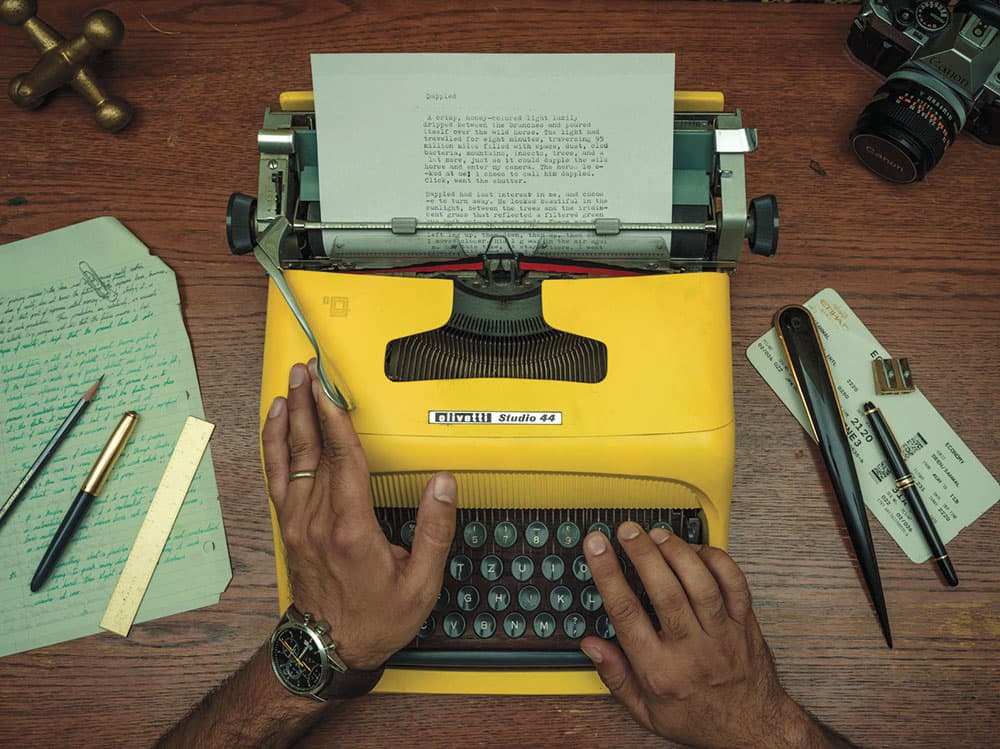
Sanwal, self-portrait – writer and photographer. Hasselblad X1D-50c, XCD 45mm, 1/500sec at f/11, ISO 100. Credit Sanwal Deen
Sanwal Deen’s compelling project ‘Work’ has resulted in some fascinating images – and is only just beginning. The project is a personal one for the photographer, and aims to explore how human beings live their lives in ways that are more similar than you might realise.
The top-down images are of different workspaces, only showing the subjects’ hands interacting with their work. These unusual ‘portraits’ are beautifully detailed and show the different processes through which his participants make their living.
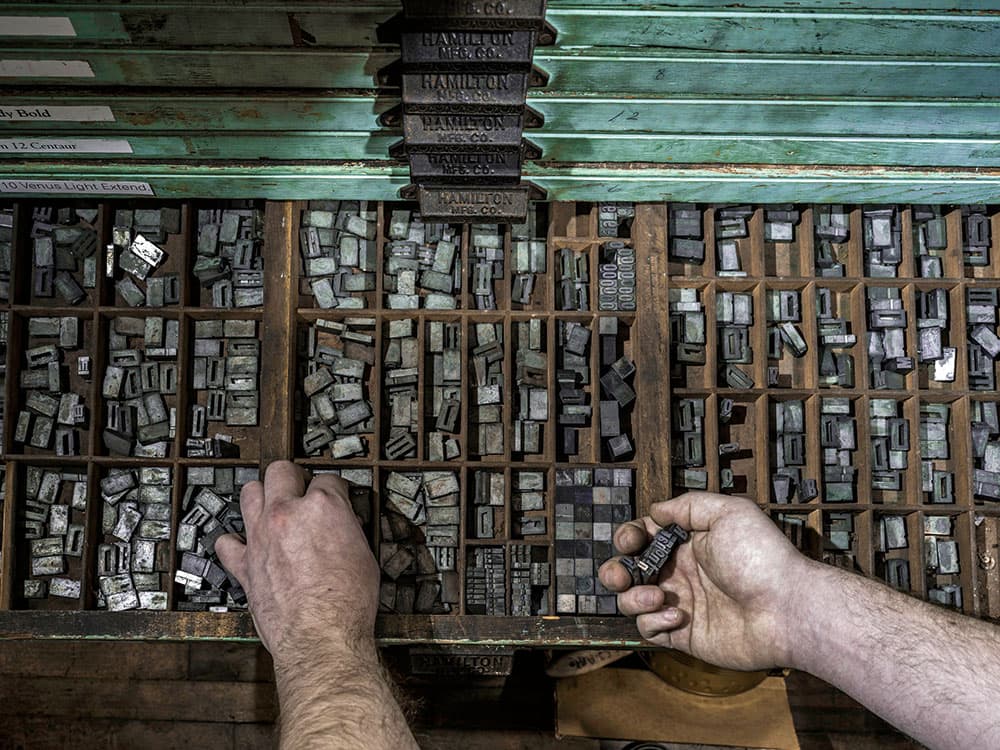
Nicholas Skowron – Printmaker. Hasselblad X1D-50c, XCD 45mm, 1/125sec at f/8, ISO 800. Credit: Sanwal Deen
Originally from Pakistan, Deen spoke to us from his home in the USA, the setting for all his photographs in the project so far – something that he hopes to change in the future. Describing how he first decided on the idea for ‘Work’, Deen says, “I have always had a fascination with desks and workspaces. After all, people tend to spend more than a third of their lives working. Furthermore, the work that happens in one city reflects the communities’ desires and wishes, so in a way, the work becomes a cultural reflection. Hence, I thought that looking at different workspaces throughout the world might be a good way to get my message across.”
Continues below…
[collection name=”small”]
He also describes an incident from his childhood, which has stuck with him. “When I first came to the United States from Pakistan, a friend earnestly asked me, ‘Did you ride a camel to school?’ The question made me a little uneasy because the life I lived growing up was more or less no different than the life of my friend. I got up every morning, sat on a chair, had breakfast, went to school (in a car!), came home, watched movies, and played games. To think that people made assumptions about me, complete with a mental picture of how I lived my entire life, before I even said ‘hello’ was a little disturbing.”
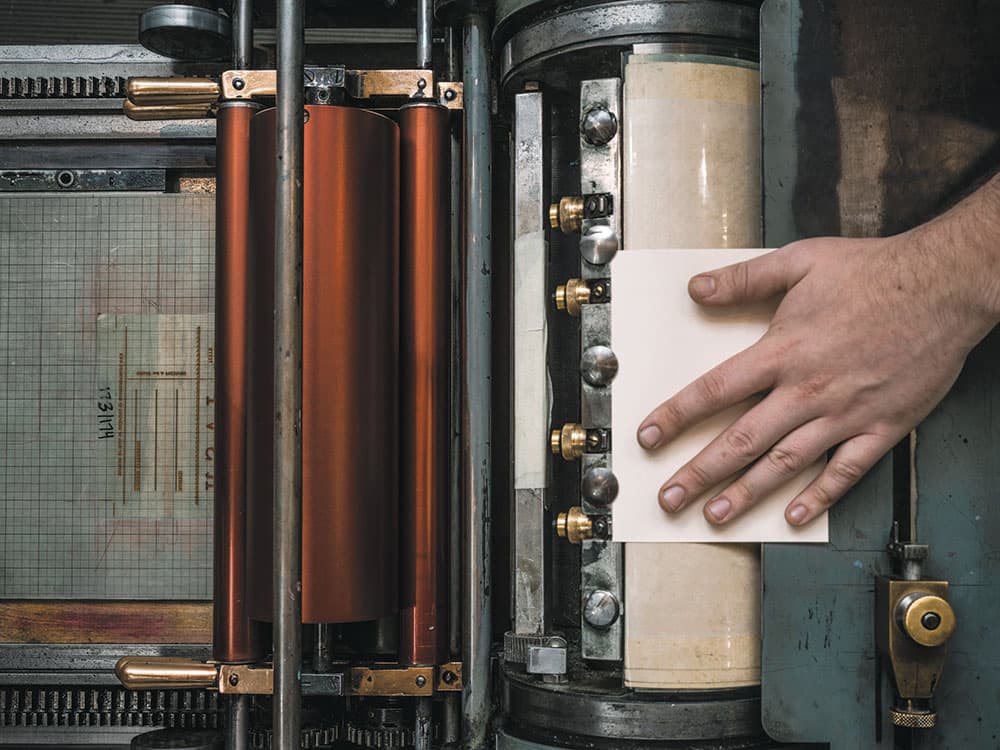
Nicke – Letterpress printer at Igloo Letterpress. Hasselblad X1D-50c, XCD 45mm, 1/250sec at f/11, ISO 100. Credit: Sanwal Deen
The inspiration
“In some ways, the root of this series lies in that episode – I want to demonstrate that people are people, seeing the same stars, dreaming the same dreams, despite any broader cultural differences,” Deen adds.
Deen was a recent graduate when he started the project, something that he feels also contributed to his fascination with how others work. “I have been looking for employment myself, and seeing what other people do has not only broadened my horizons, but I have also made friends that I never would have had I not pursued this project.”
Up until now, Deen has photographed just 12 people. He finds the participants and arranges to spend some time with them – gaining access to workspaces being something that he describes as one of the most challenging aspects of the project.
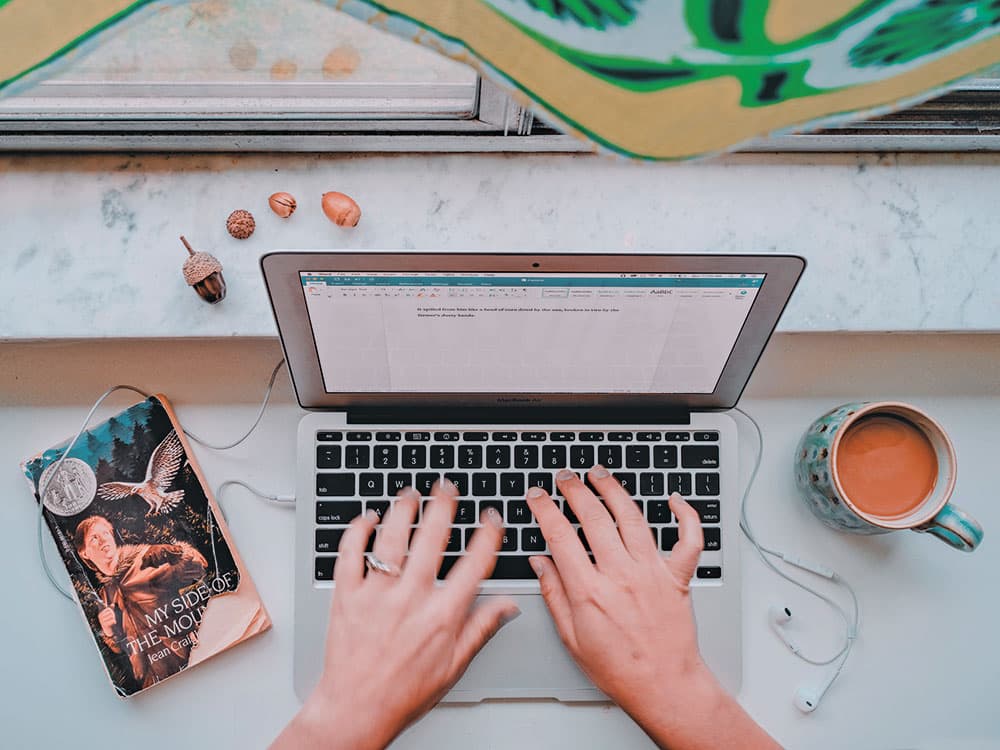
Maggie Argiro – Writer. Hasselblad X1D-50c, XCD 45mm, 1/30sec at f/11, ISO 100. Credit: Sanwal Deen
He believes that almost everything is interesting if seen from the right angle under the right light, but finds that he tends to gravitate towards everyday life in his projects. Overall he is pleased with the amount of diversity in his current crop of participants, but he’d like to expand the field even further. “The current set of pictures depicts a variety of demographics – young and old, male and female, different ethnicities – but I do wish that I could go to other countries to photograph the lives of people working in different cultures.”
When it comes to the setup of the shot itself, this is another reasonably large challenge for him. “I find that people are very generous and open with their time, and are very open to being photographed if one just asks,” he says. “However, the images themselves require quite an elaborate setup. They are taken during active business hours, and sometimes I get in the way of business. Finding a way to set up quickly, take the picture, and leave without causing too much trouble is the hardest part of this process.”

Perry – Owner and Baker at Dough Mama. Hasselblad X1D-50c, XCD 45mm, 1/2000sec at f/11, ISO 100. Credit: Sanwal Deen
Keeping it consistent
The setup is always the same for every one of Deen’s portraits, and he works with quite an obtrusive bit of kit. He uses a Hasselblad X1D with a 45mm lens. “Typically, it is shot with the camera attached to a boom tripod,” he explains. “The tripod is old and bulky, so I need to add counterweights on one end to ensure it doesn’t topple over. I place two speed lights on either side of the workspace I am photographing. How the light is shaped or modified really depends on the location and the space. The entire setup process typically takes between 15-45 minutes, depending on size and how busy it is.”
In order to get the shot, the camera is tethered to Deen’s laptop. “The subjects are usually working, so I keep on pressing the button until I feel that the gestures in their hands have truly expressed themselves – it could be something as simple as a slight curl of the hand.”
He also aims for the composition to be roughly the same for every image, something that he feels is particularly important for the overarching theme of the project. “For a series like this, consistency in composition is important because it lets one focus on the similarities and differences in the picture in a meaningful way.”
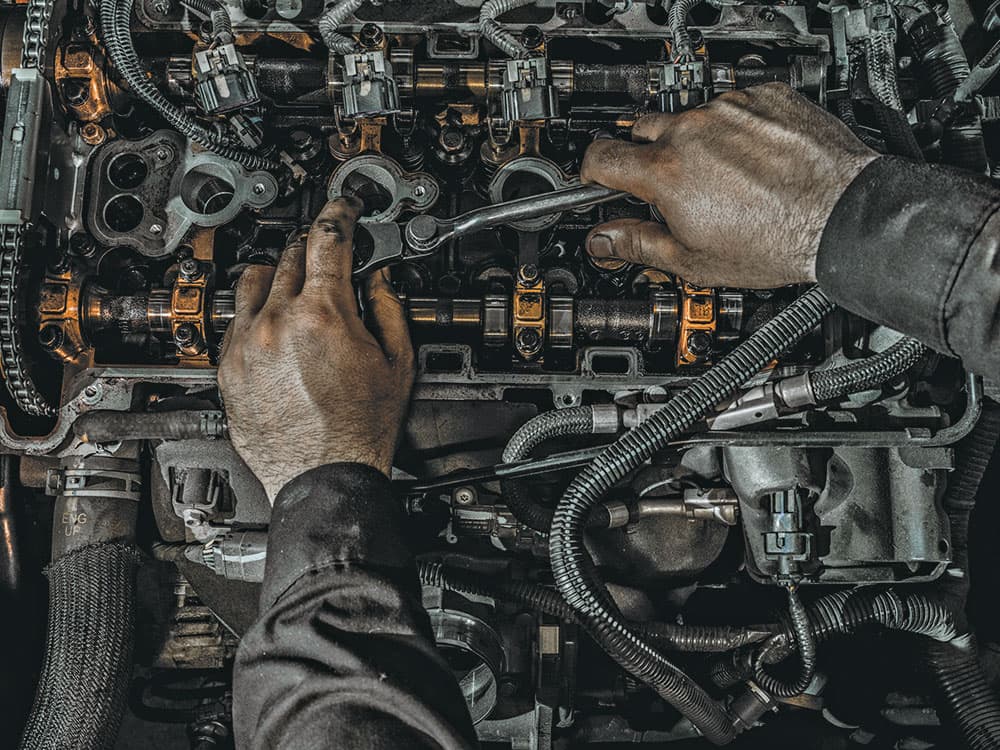
Stone-Ramone – Mechanic at Star & Northwest Auto Repair. Hasselblad X1D-50c, XCD 45mm, 1/60sec at f/11, ISO 100. Credit: Sanwal Deen
Deen says that his favourite image from the series is the one depicting the mechanic, because it was the first in the project and he was nervous about how it might turn out. Other than that, he tells us, “I particularly enjoy photographing some of the older people because you get to see an entire life’s work in their hands. The pianist, for example, has spent her entire life by the pictured Steinway, making music and teaching lessons. Taking those pictures makes me reflect on her relationship to this device that she has touched every day for decades.
“Similarly, the cobbler in the photograph opened his store in Delaware, Ohio, in the 1960s; despite the political climate in the United States during that time, he thrived as one of the first black entrepreneurs to open a store in downtown Delaware, and has spent almost every day since in that store, repairing shoes on that very machine.”
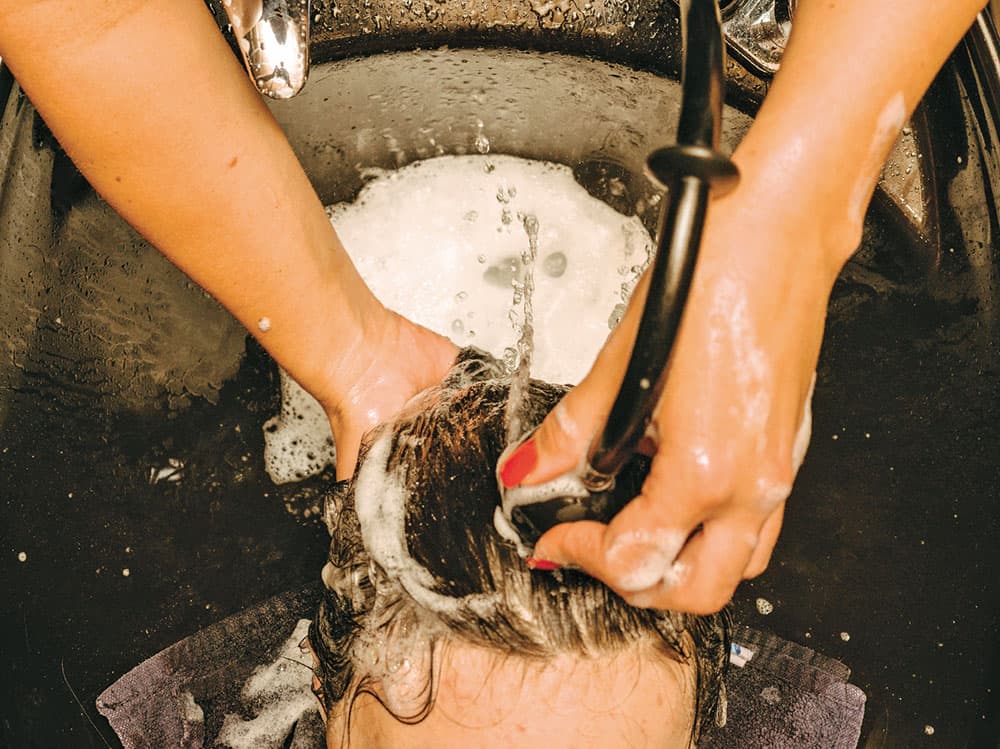
Audrey Gabriel – Hair stylist at Rafael’s Salon. Hasselblad X1D-50c, XCD 45mm, 1/125sec at f/8, ISO 800. Credit: Sanwal Deen
What’s next?
Ultimately, Deen is aiming to photograph 100 people at work. For the next stage, he has scheduled shoots with a neon-sign maker, a window cleaner and a taxidermist – these are subjects that are guaranteed to throw up interesting results.
Beyond that, he has hopes to turn the series into both a book and an exhibition. He has been recording the audio from the subject’s workplace, writing passages to go along with each image. He also takes a headshot of the subject as well as handwriting samples. He’s in no rush to get the project to exhibition state though. “I think it still has a way to go. I don’t think it will be ready for an exhibition or book until I have successfully photographed people from other countries,” he says.

Eric Paton – Taiko player who grew up in Japan and moved to the United States when he was 18. Hasselblad X1D-50c, XCD 45mm, 1/125sec at f/11, ISO 100. Credit: Sanwal Deen
To see more of Deen’s work, including new portraits as they are uploaded, visit his website – www.sanwaldeen.com.
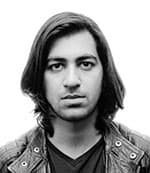 Sanwal Deen is a photographer based in the USA. After an unsuccessful attempt at being a banker, he turned his hand to photography via a master’s degree. He currently works as a photographer and graphic designer at an architecture firm, as well as taking on freelance photography commissions.
Sanwal Deen is a photographer based in the USA. After an unsuccessful attempt at being a banker, he turned his hand to photography via a master’s degree. He currently works as a photographer and graphic designer at an architecture firm, as well as taking on freelance photography commissions.







